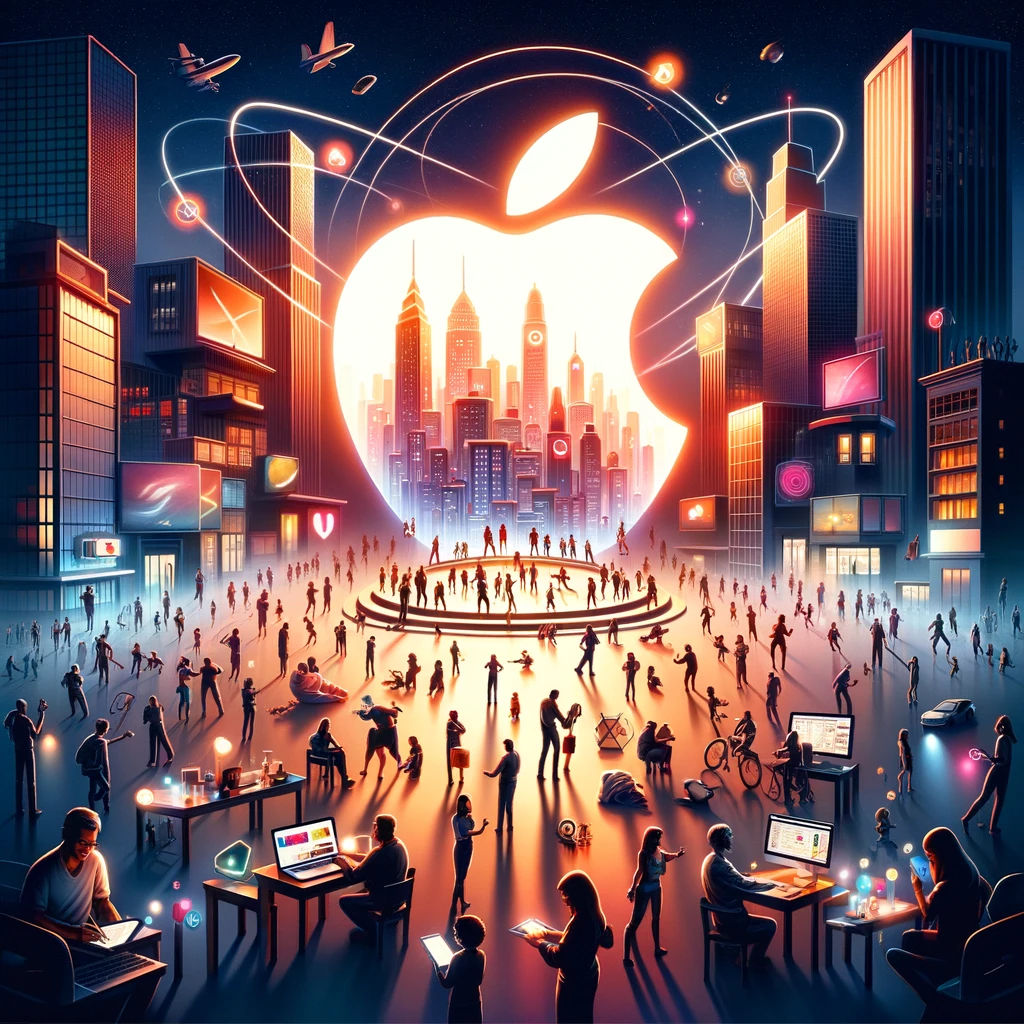In an era when the digital landscape is oversaturated with content and consumers are bombarded with countless marketing messages daily, unlocking brand loyalty has become increasingly challenging.
Amidst this noise, a timeless craft has emerged as a beacon for marketers seeking to forge lasting connections with their audience: storytelling. This ancient art, reimagined for the digital age, transcends traditional marketing tactics by offering a narrative that captivates and resonates deeply with the audience.
Unlocking Brand Loyalty

“Unlocking Brand Loyalty” through storytelling isn’t merely about weaving tales; it’s about creating emotional bonds, transforming customers into brand advocates, and embedding your brand into the fabric of their daily lives.
The magic of storytelling in marketing is profound. By crafting narratives that convey the brand’s values, vision, and mission, marketers can communicate with their audience on a more personal and emotional level. This approach goes beyond merely transmitting information to evoke feelings, inspire actions, and build a community around the brand.
The thesis here is clear: storytelling is an indispensable tool in the marketer’s arsenal, transforming how brands connect with their customers and fostering a loyalty that transcends the transactional.
The Psychology Behind Storytelling in Marketing
Humans are inherently drawn to stories. This attraction is not just cultural but deeply psychological, rooted in our nature. Stories offer a way to understand complex concepts, share experiences, and evoke emotions, making them an incredibly effective communication tool.
When marketers leverage this innate preference by embedding their messages within compelling narratives, they tap into a powerful aspect of human psychology, elevating their brand’s message from mere information to an emotionally engaging tale.
The emotional engagement sparked by a well-told story is the cornerstone of building a strong brand perception. Emotional connections create a sense of familiarity and trust, critical ingredients in brand loyalty.
Brands like Apple have mastered this art, creating narratives that do more than sell products; they sell a lifestyle, a community, and an identity. Through their storytelling, they’ve cultivated a dedicated customer base that purchases products and champions their brand.

Building a Brand Identity Through Stories
A compelling narrative does more than entertain; it mirrors the brand’s core values and identity. Storytelling allows a brand to articulate its ethos in a way that resonates with its audience, fostering a deep connection based on shared values and beliefs.
Authenticity is crucial in this process; a story that feels genuine to the brand’s essence can foster trust, paving the way for a loyal relationship.
Take Patagonia, for example. This brand has seamlessly integrated its commitment to environmental sustainability into its narrative, connecting with customers who share similar values. Through stories of conservation and adventure, Patagonia doesn’t just sell outdoor apparel; it sells a vision of a better world.
This authentic approach to storytelling has not only differentiated Patagonia in a crowded market but has also cultivated a passionate community of loyal customers.
Engaging Audiences with Storytelling Techniques
The art of storytelling in marketing encompasses a broad spectrum of techniques, from compelling narratives to customer testimonials and immersive brand histories. Each method provides a unique way to engage the audience, inviting them into the brand’s universe.
Consistency across all storytelling platforms is crucial; it reinforces brand recognition and amplifies the narrative’s impact, weaving the brand’s story into consumers’ everyday lives.
For instance, customer testimonials can transform a brand narrative from abstract to personal, showcasing real-life examples of the brand’s impact. These stories of transformation resonate deeply with audiences, making the brand’s value proposition more tangible and relatable.
By utilizing diverse storytelling techniques, brands can capture the attention of their target audience, fostering engagement that evolves into lasting loyalty.
The Digital Stage for Storytelling
Social media, blogs, and podcasts offer fertile ground for storytelling in today’s digital world. These channels allow brands to share their stories in dynamic and interactive ways, reaching audiences across the globe.
Through videos and infographics, visual storytelling further enhances the narrative’s appeal, making complex messages more digestible and engaging.
Leveraging digital platforms for storytelling also allows brands to tailor their narratives to the preferences of their audience, using analytics to refine and optimize their approach. In doing so, brands can ensure that their stories reach their intended audience and resonate with them, fostering a sense of connection and loyalty.
Conclusion: The Path to Unwavering Loyalty
The journey to “Unlocking Brand Loyalty” through storytelling is both an art and a strategic endeavour. It demands a deep understanding of the target audience, a commitment to authenticity, and the creativity to craft narratives that strike a chord.
As this exploration has shown, storytelling is more than a marketing tool; it’s a powerful force for creating enduring connections and transforming customers into brand advocates.
In a world where consumers are increasingly seeking meaningful interactions with brands, storytelling emerges as a critical
